Learning my scales (Gesture, part 1)
“Now that I’m learning guitar, I see scales everywhere...”
When I decided to dive deeper into music a couple years ago, I got a cheap piano keyboard and started tinkering with keys, triads, and melodies. Piano is a wonderful instrument for this, because it’s basically a map of music as we understand it today. The notes are placed, conveniently, side-by-side.
Guitar is messier. Tonally, the strings are almost (but not quite) evenly spaced, in defiance of musical logic. In fact, the guitar, roughly speaking, has been around for over 4000 years, which makes it older than the earliest Greek writings on harmony and acoustics. It’s an instrument as human (neck, waist, body) as it is mechanical (bridge, saddle, keys).
Its form comes from millennia of people—royal and vagabond, old and young, man and woman—trying to grip music in their hands.
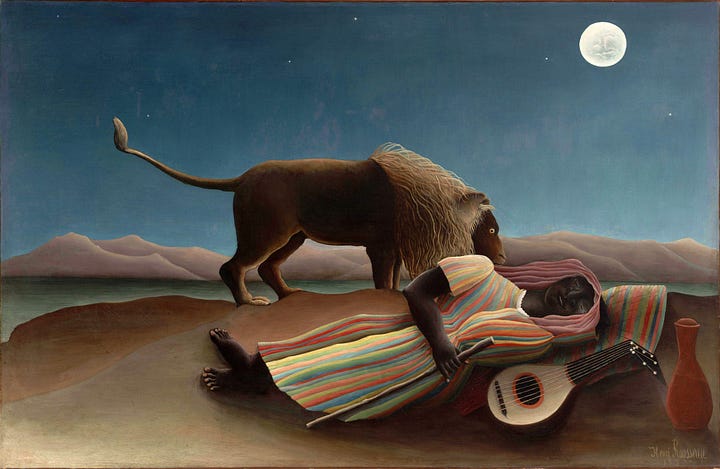

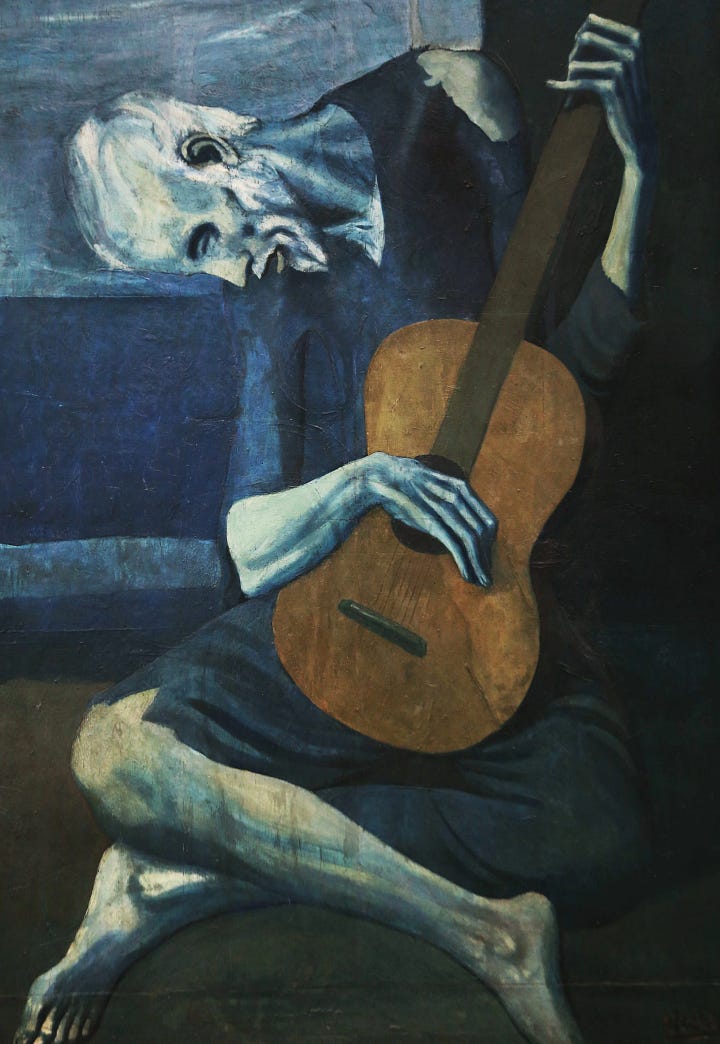

Therefore, you learn guitar based on shapes. You start by memorizing where you put your fingers to form simple chords, then more complex ones. Eventually, you learn how to form harmonies and melodies on the fly, up and down the guitar’s neck. This process, which I’m just beginning, takes years.
There’s a beauty to this struggle. Learning the guitar gives you a human lens into music. You start to see songs not as sequences of notes selected from a lineup, but as shapes and movements.
So I want to learn my scales. I want to learn how to run and sing freely through the field of my instrument.
This freedom, counterintuitively, takes work.
I’ve been learning mostly from a YouTuber named Eric Haugen, who teaches simply, practically, and artfully. While many teachers emphasize technique first—knowing pentatonic “boxes” based on diagrams—he teaches that you should always practice musically. Practice scales with their corresponding chords; play rhythmically to internalize relationships in time. Ultimately, you should practice to the chordal progressions of songs you know and love.
The goal: to come full circle, to riff at the boundaries of knowledge, to create new music.
Now that I’m learning guitar, I see scales everywhere: from the bodily scales of yoga and jiu jitsu, to the emotional scales of fear, anger, and violence—as well as love, understanding, and healing. Scales are the definite progressions that underly reality at its most complex, precarious, and beautiful.
There are no shortcuts. You learn to work with wood by experiencing its changes: how it bows with the weather, shaves away along and against the grain. You learn to be a citizen by learning the boring issues, and by meeting people from many walks of life. You learn to love by witnessing the upward and downward arpeggios of emotion in your relationships.
Practice, practice, practice… ✤
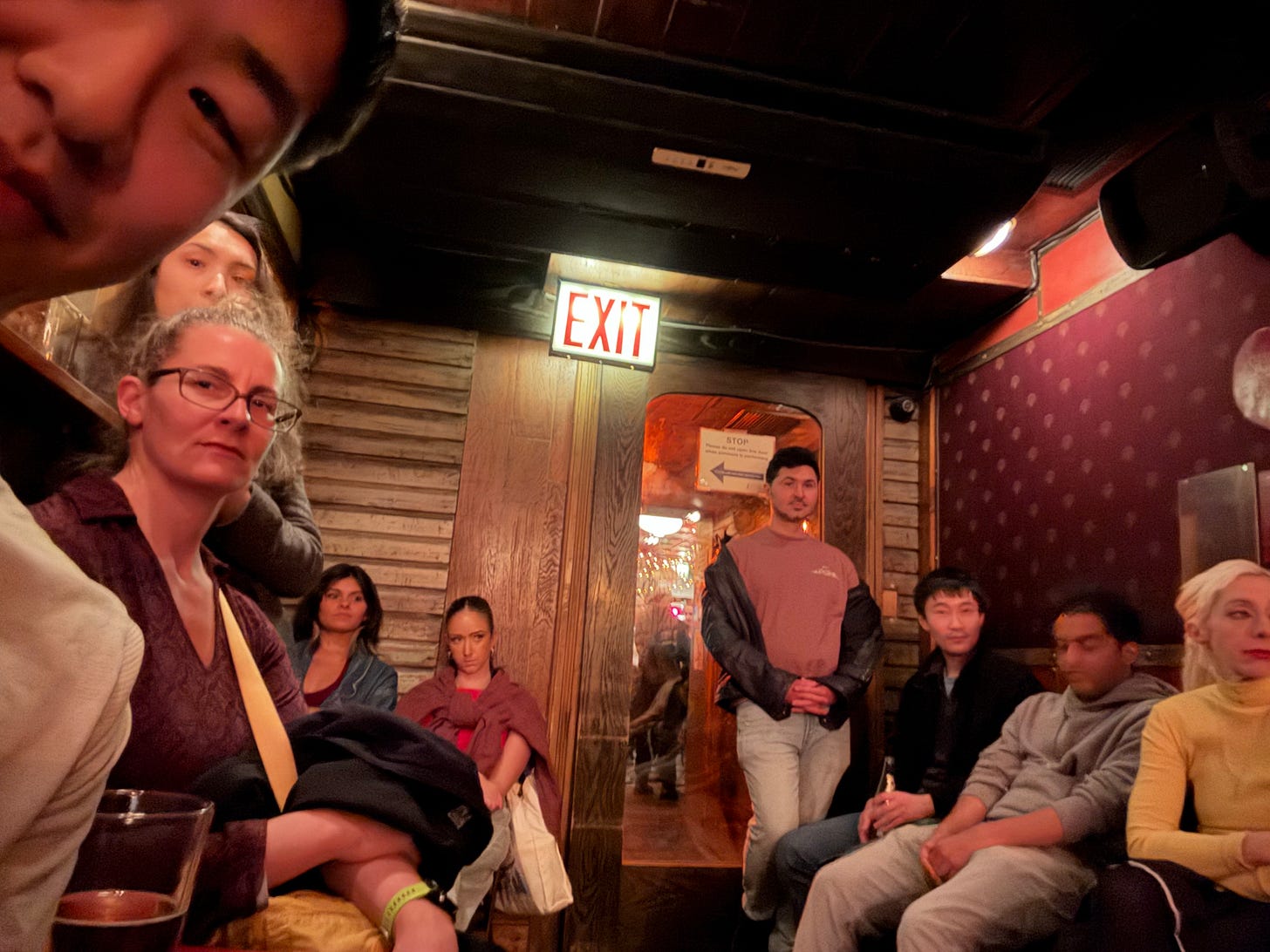
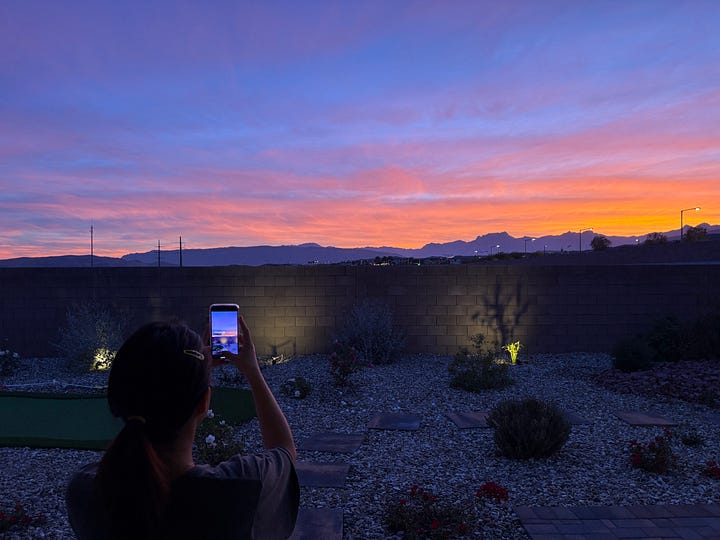
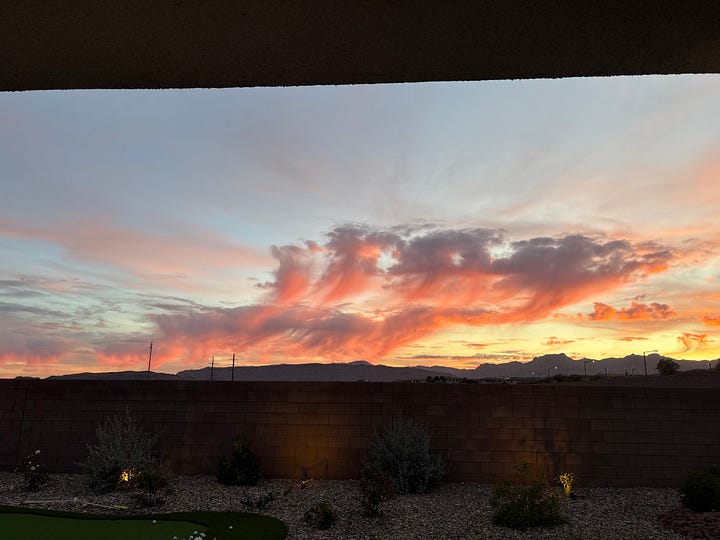


Music
Dominic Miller is one of my favorite guitarists, and Shape of My Heart is probably his most iconic appearance. Sting comes in with some relevant lyrics:
He deals the cards to find the answer
The sacred geometry of chance
The hidden law of a probable outcome
The numbers lead a dance
The guitar shines sooo beautifully in this song. You can hear Wolfgang feeling out the possibilities of his instrument.
I love the play between Bill Evans’s piano—ethereal, abstract, almost prophetic—and Jim Hall’s guitar—expressive, nuanced, and bodily.
And to end on a high note, here’s CCR to show us that you can never have too much guitar…
Spread the news, we’re goin' have some fun
Let it go, movin’ son-of-a-gun
Singin’ hi, signin’ hi,
Come on feet, we was born to move




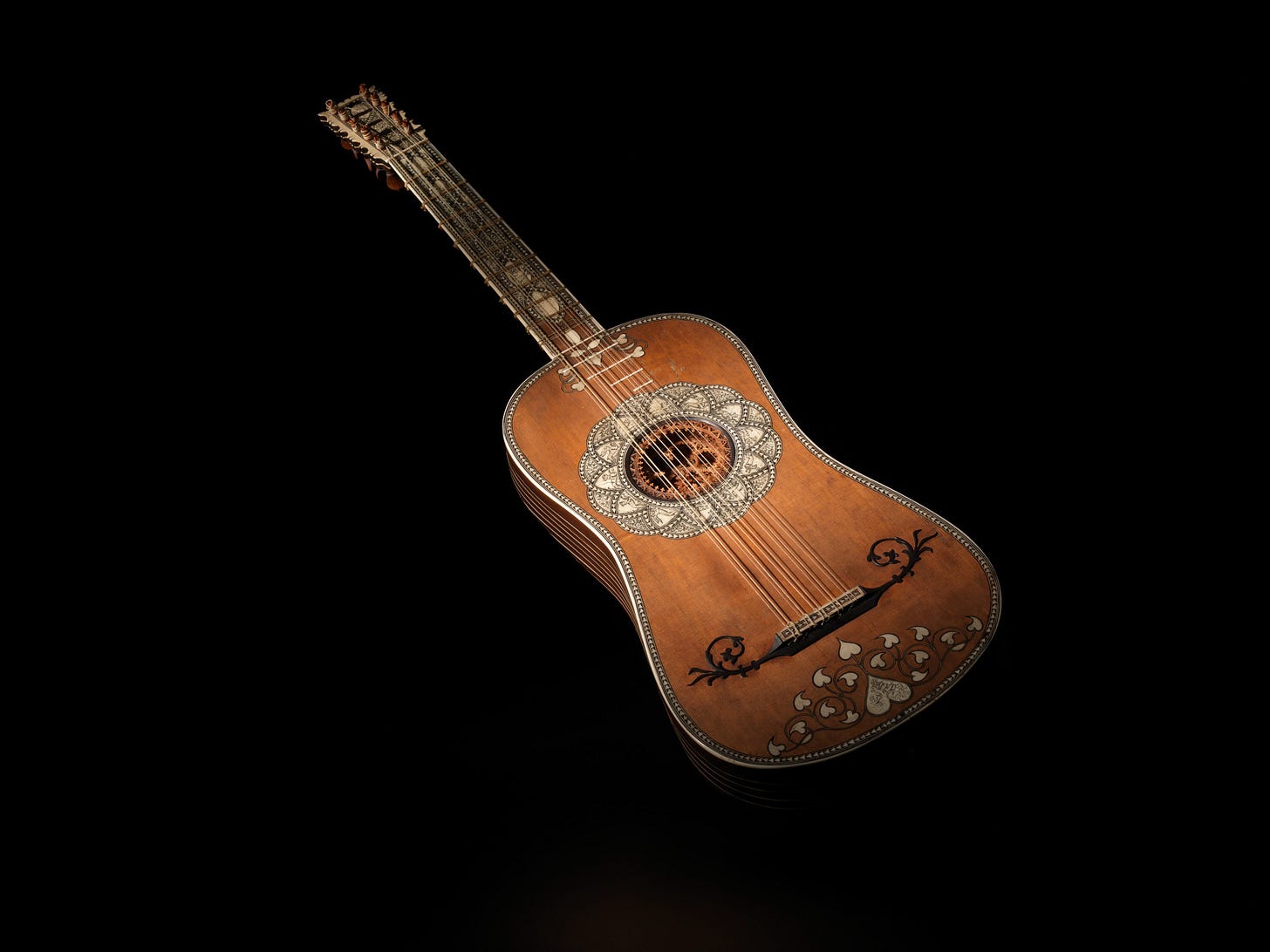
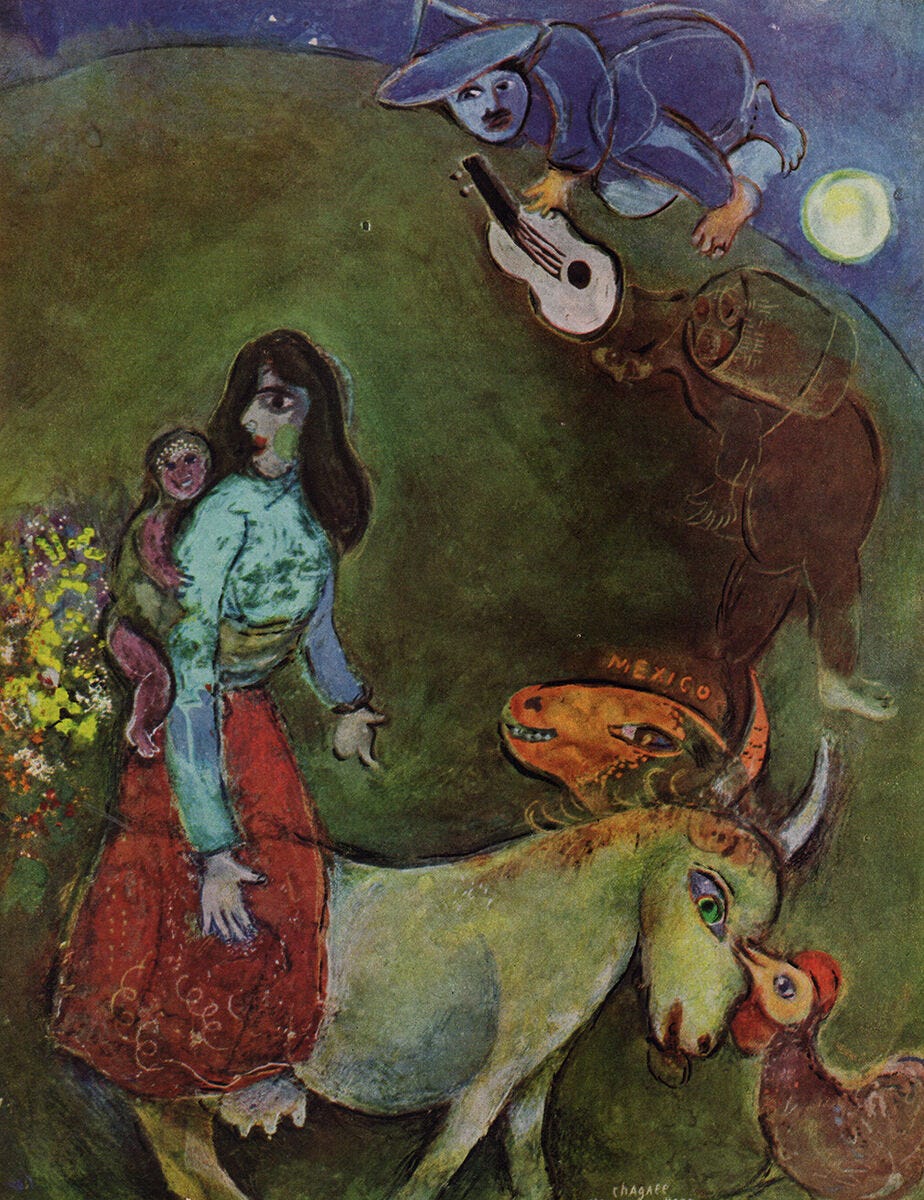


You’re the consummate life-long learner — always going for that hard thing and doing it. It’s a beautiful thing, just like this piece of writing.
been on a huge Sting kick lately, love the Shape Of My Heart shoutout. great read excited to listen to the other songs too